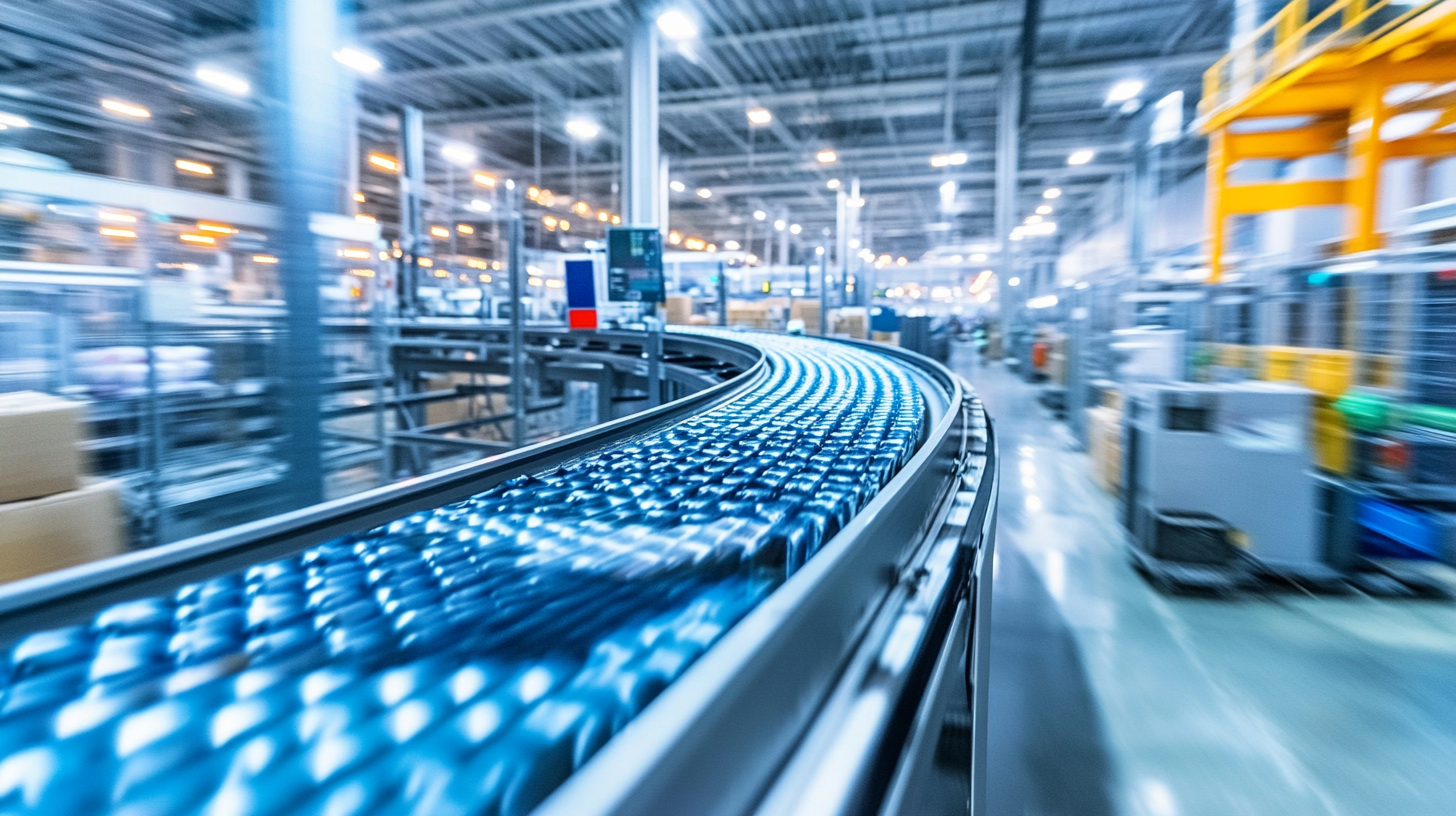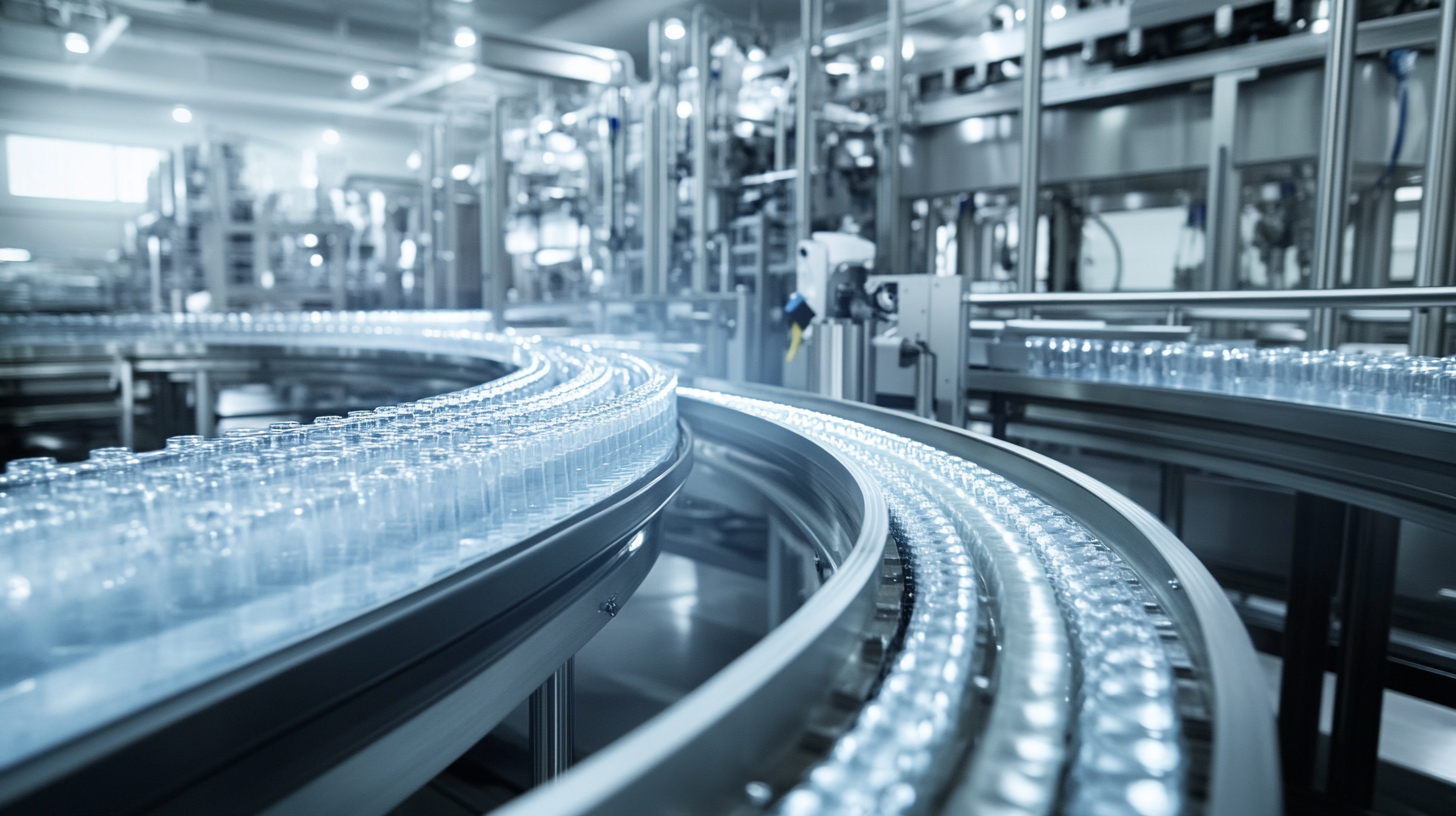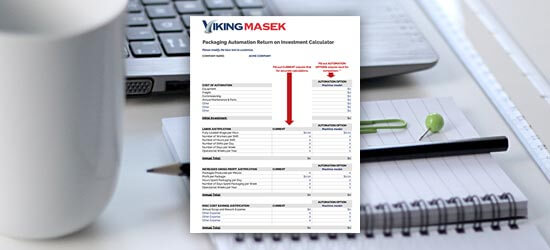
What Is the Future of Automated Packaging Lines in Modern Manufacturing?
As the manufacturing landscape continues to evolve, the role of Automated Packaging Lines has become increasingly crucial for businesses aiming to enhance efficiency and reduce operational costs. According to a recent report by Smithers Pira, the global automated packaging market is expected to grow at a compound annual growth rate (CAGR) of 14.4% from 2021 to 2026, emphasizing the rising demand for automated solutions across various industries. Companies that invest in these cutting-edge systems can not only streamline their production processes but also improve product quality and consistency. This blog will explore how to select quality manufacturers and the importance of integrating digital technologies, ensuring that your automated packaging line not only meets current demands but is also future-proof. With the growing trend towards sustainability and smart manufacturing, understanding the emergence of the best types of automated packaging lines is essential for manufacturers looking to stay competitive in a rapidly changing marketplace.

The Evolution of Automated Packaging Lines in Manufacturing
Automated packaging lines have seen significant evolution over the years, transforming from simple, manually operated systems to sophisticated, fully integrated solutions that enhance efficiency and accuracy in modern manufacturing. Early automated systems primarily focused on basic tasks such as filling and sealing, often requiring intervention from operators for adjustments and maintenance. However, advancements in technology, particularly in robotics, artificial intelligence, and machine learning, have revolutionized these systems. Today’s automated packaging lines can perform complex functions, including product inspection, sorting, and customizable packaging, all while minimizing human oversight.
The integration of smart technologies into automated packaging lines represents a noteworthy trend in modern manufacturing. Using data analytics and IoT connectivity, these systems can monitor operations in real-time, predict maintenance needs, and optimize workflows for maximum efficiency. Furthermore, the rise of e-commerce has driven the demand for more adaptable packaging solutions that can cater to varied product sizes and types. As a result, manufacturers are investing heavily in modular equipment that allows for quick reconfiguration to meet changing market demands. This trend not only enhances operational efficiency but also supports a more sustainable approach by reducing waste and energy consumption in packaging processes.

Key Technologies Revolutionizing Automated Packaging Solutions
The landscape of automated packaging lines in modern manufacturing is being transformed by several key technologies that enhance efficiency, reduce costs, and optimize production processes. According to a report by Research and Markets, the global automated packaging market is expected to grow from $28.55 billion in 2021 to $46.93 billion by 2026, representing a compound annual growth rate (CAGR) of 10.5%. This growth is largely fueled by advancements in robotics and smart automation, pushing manufacturers to adopt cutting-edge technologies to stay competitive.
One of the prominent technologies revolutionizing automated packaging is the integration of artificial intelligence (AI) and machine learning. By utilizing AI algorithms, packaging systems can adapt to varying product sizes and shapes in real-time, drastically reducing downtime and waste. Additionally, Industry 4.0 concepts enable seamless communication between machines and systems, leading to more intelligent and flexible production lines. For instance, a recent survey by McKinsey found that 80% of manufacturers implementing smart factories reported significant improvements in their operational efficiencies, highlighting the critical role that these technologies play in the future of packaging solutions.
Moreover, advancements in sustainable packaging technologies are setting new industry standards. The demand for eco-friendly materials is growing, with a study by Smithers Pira projecting the global market for sustainable packaging to reach $800 billion by 2027. Automated systems are increasingly incorporating these materials into their processes, demonstrating a shift towards not just efficiency, but also environmental responsibility. In this evolving landscape, companies must embrace these technological innovations to ensure they remain at the forefront of packaging advancements.
Benefits of Automation in Streamlining Production Processes
The integration of automation in modern manufacturing has transformed packaging lines by significantly enhancing efficiency and productivity. Automating packaging processes minimizes human intervention, resulting in faster operations and reduced errors. This not only accelerates production cycles but also improves overall product quality, as automated systems maintain consistent standards without the variability often associated with manual labor.

Moreover, automated packaging lines offer substantial cost savings in the long term. By streamlining production processes, manufacturers can reduce labor costs and minimize waste, while also improving inventory management. Real-time data monitoring and analytics provide insights that help optimize operations further, leading to better resource utilization and reduced downtime. As manufacturers embrace these automated solutions, they position themselves to respond more effectively to market demands, increase flexibility, and enhance competitiveness in a rapidly evolving landscape.
Challenges and Solutions in Implementing Automated Packaging
Automated packaging lines are becoming increasingly vital in modern manufacturing, yet their implementation is not without challenges. One major hurdle is the high initial investment required for automation technology. Many manufacturers hesitate to commit funds without a clear understanding of the long-term benefits. To address this, companies should conduct a thorough cost-benefit analysis that includes projected savings in labor, increased efficiency, and potential error reduction.
Another significant challenge is the integration of new automated systems with existing manufacturing processes. Issues may arise related to compatibility or the need for extensive employee training. To ease this transition, it’s beneficial to invest in modular systems that can be scaled according to the company's needs. Additionally, offering robust training programs that empower employees to operate and maintain new equipment can smooth the adoption process.
Lastly, keeping up with the rapidly changing technology landscape can be daunting. Manufacturers should stay informed about the latest advancements and consider partnering with tech firms that specialize in automation. Regularly attending industry conferences and seminars can also provide valuable insights and networking opportunities. Embracing these tips can help businesses navigate the complexities of automated packaging line implementation and position themselves for success.
Automated Packaging Lines: Challenges and Solutions
Future Trends Shaping the Next Generation of Packaging Lines
As automated packaging lines continue to evolve, several key trends are reshaping the future of this vital manufacturing component. One major trend is the integration of artificial intelligence (AI) and machine learning algorithms to enhance efficiency and accuracy. According to a recent report by MarketsandMarkets, the global AI in packaging market is projected to grow from $155 million in 2020 to $1.5 billion by 2026, reflecting a compound annual growth rate (CAGR) of 45.4%. This surge indicates that companies are increasingly adopting intelligent systems to optimize their packaging processes, reducing waste and improving throughput.
Another significant trend is the move towards sustainability. The demand for eco-friendly packaging solutions is skyrocketing, driven by consumer preferences and regulatory pressures. According to a study by McKinsey, nearly 60% of consumers are willing to pay more for sustainable packaging. In response, manufacturers are investing in automated lines that utilize recyclable and biodegradable materials, implementing technologies that minimize environmental impact while maintaining efficiency. This dedication to sustainability not only meets consumer demands but also aligns with global sustainability initiatives, ensuring that automated packaging lines remain relevant in a rapidly changing market.
What Is the Future of Automated Packaging Lines in Modern Manufacturing?
| Trend | Description | Impact | Estimated Adoption Year |
|---|---|---|---|
| Sustainability | Increased use of eco-friendly materials and practices in packaging. | Reduce environmental impact and cater to consumer demand. | 2025 |
| Smart Technology | Integration of IoT and AI for real-time monitoring and adjustments. | Increase efficiency and reduce downtime. | 2024 |
| Automation | Greater use of robotics and automated systems across packaging lines. | Reduce labor costs and improve consistency. | 2023 |
| Customization | Increased ability to produce personalized packaging. | Enhance customer experience and brand loyalty. | 2026 |
| Data Analytics | Utilization of big data to optimize packaging operations. | Improve decision-making and operational efficiency. | 2025 |


